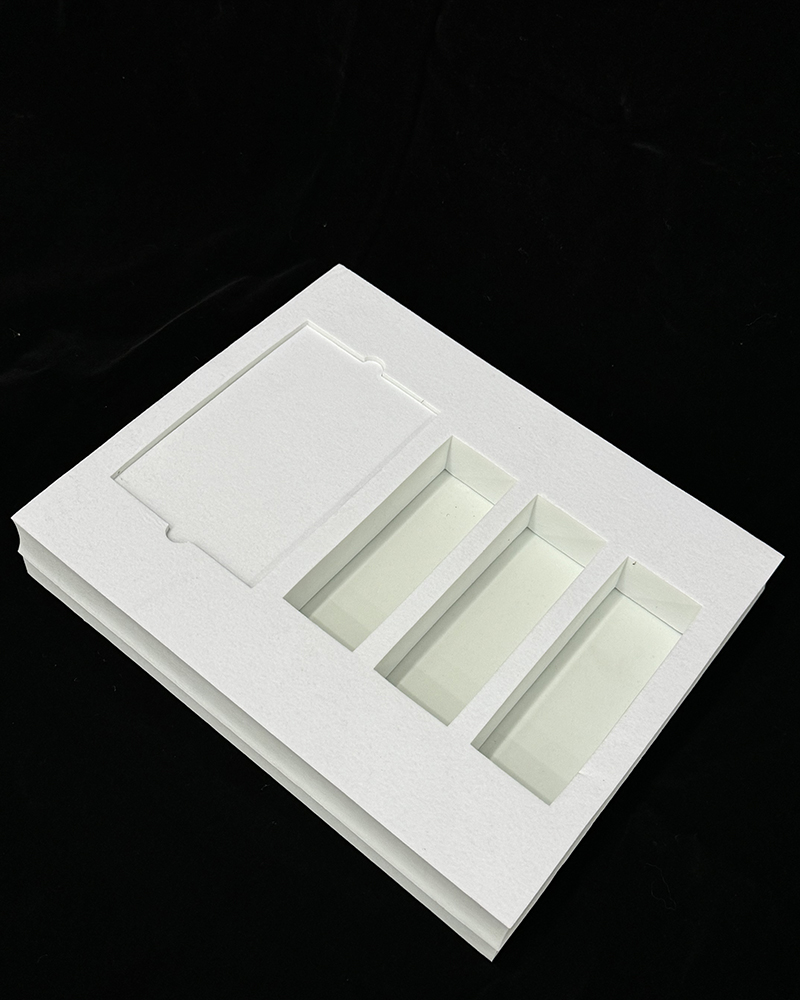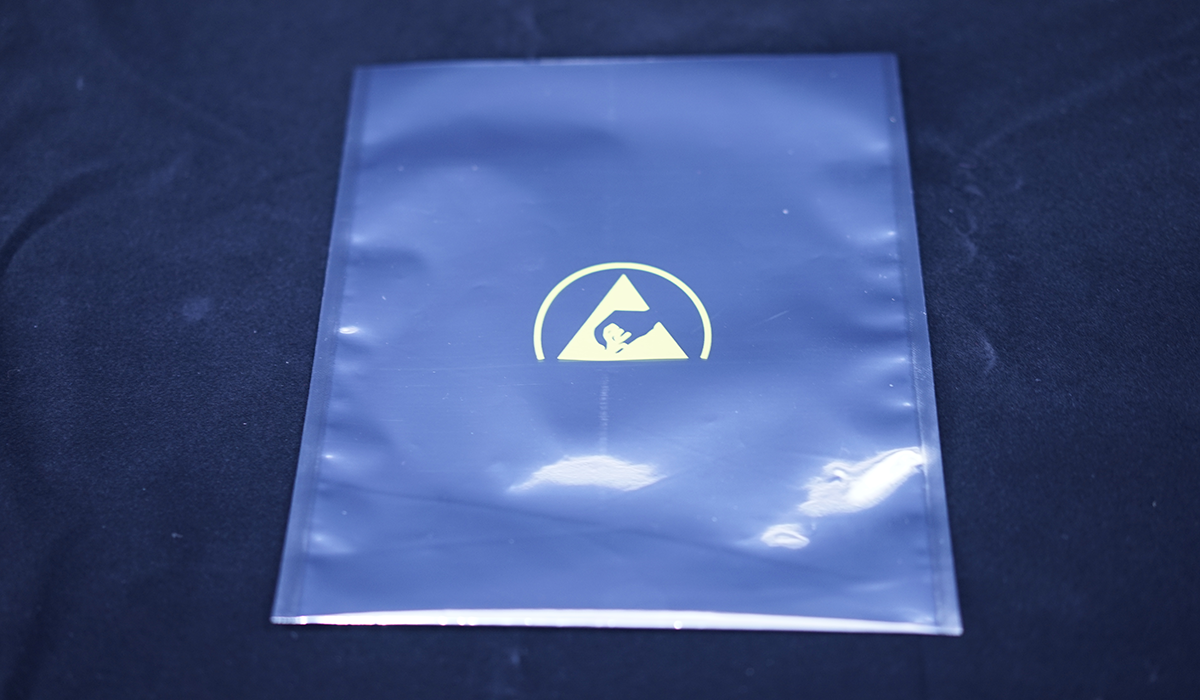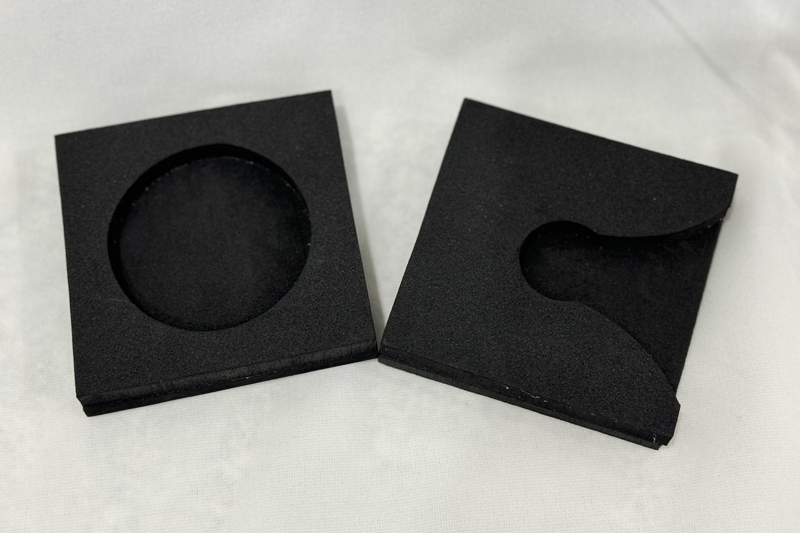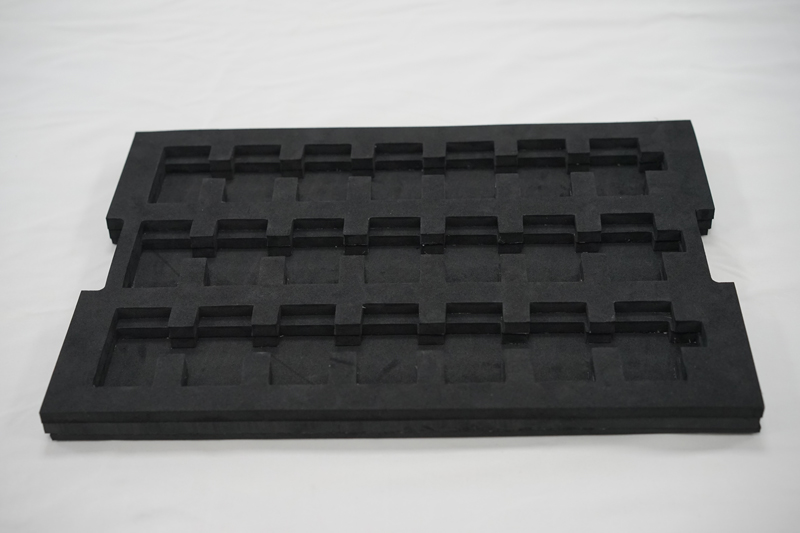The Unsung Hero of Green Energy: How EVA Materials Power the Renewable Revolution

Content:
As the world accelerates toward carbon neutrality, Ethylene-Vinyl Acetate (EVA) has emerged as a mission-critical material across the renewable energy sector. Recent industry reports reveal that over 78% of solar panel manufacturers now rely on EVA encapsulation films, while 62% of electric vehicle battery packs incorporate EVA-based cushioning systems.
Solar Energy Applications
Photovoltaic-grade EVA films dominate the solar market due to three unmatched properties:
Optical Excellence - Maintains >91% light transmittance after 25-year UV exposure (IEC 61215 certified)
Moisture Resistance - Water vapor transmission rate <16 g/m²/day (ASTM E96)
Self-Healing - Automatic void repair at 150°C lamination temperatures
Electric Vehicle Innovations
Leading battery manufacturers specify EVA for:
• Impact Absorption - 70A hardness foam reduces crash forces by up to 40% (SAE J2464 tests)
• Thermal Management - Phase-change EVA stabilizes battery temperatures between -30°C to 80°C
• Flame Retardancy - UL94 V-0 rated formulations delay thermal runaway by 17 minutes
Energy Storage Breakthroughs
Utility-scale storage systems now utilize:
✓ Dielectric EVA - Withstands 15kV/mm for transformer insulation
✓ Porous EVA - 85% void fraction enhances air cooling efficiency
"The global energy EVA market will reach $12.7 billion by 2027," predicts BloombergNEF analyst Maria Chen. "China currently produces 68% of world supply, with recycled EVA gaining 22% annual growth."




